
Arctic Tensions Rise as Russia Expands Military Presence and West Debates Ukraine Security Commitments
In the Ice and Fire of Geopolitics: Arctic Ambitions, Ukrainian Frontlines, and the Global Realignment of Power
Arctic Cold, Strategic Heat: As the Ice Melts, So Do Old Alliances
When President Vladimir V. Putin addressed the public today, his message echoed far beyond the icy waters of the Barents Sea: The Arctic is no longer just cold; it is contested.
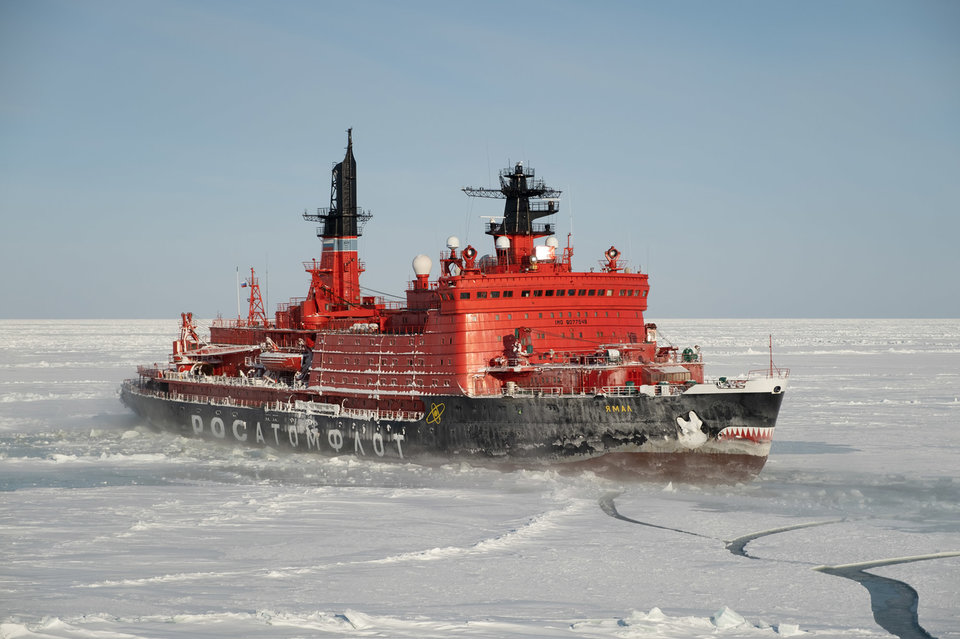
From the northernmost harbors of Murmansk to the mineral-rich expanse beneath Greenland’s thawing crust, the once-remote Arctic has become a chessboard of 21st-century geopolitics. And at its center is a sharp intensification of rivalry — not just for transit routes or untapped resources, but for influence, control, and strategic positioning.
Table 1: Strategic Importance of Greenland
| Category | Factor | Description |
|---|---|---|
| Geopolitical Significance | Arctic Geopolitics | Crucial location in increasingly tense Arctic region |
| Military Capabilities | Hosts vital U.S. military installation (Pituffik Space Base) | |
| Maritime Routes | Potential key position along new Arctic shipping lanes | |
| Natural Resources | Rare Earth Elements | Significant deposits crucial for technology and defense |
| Oil and Gas | Vast potential reserves becoming more accessible | |
| Climate Change Impact | Ice Sheet Melting | Opens new opportunities and challenges in the Arctic |
| Strategic Buffer | North American Defense | Provides buffer and shortest route between N. America and Europe |
Putin indicated that the United States has maintained a long-standing interest in Greenland and emphasized that both the US and Russia will continue to pursue their respective interests in the Arctic region.
Yet behind these words lies a stark juxtaposition: Russia, with grand ambitions for cargo movement and energy exports via the Northern Sea Route (NSR), is simultaneously constrained by crumbling infrastructure, domestic shipbuilding bottlenecks, and global sanctions. Experts call it a "paradox of Arctic power" — a nation with the largest icebreaker fleet, but not the industrial muscle to modernize or maintain it at scale.

Did you know that the Northern Sea Route (NSR) is a significant maritime shipping lane that spans along the Russian Arctic coast, connecting the Atlantic and Pacific Oceans? This approximately 7,600 km route offers a 40% shorter distance between Northern Europe and Northeast Asia compared to traditional routes via the Suez Canal. Although it's only ice-free for a couple of months each year, the NSR is gaining attention due to climate change reducing Arctic ice cover. It provides access to vast natural resources and has sparked international interest, particularly from countries like China, which see it as a way to reduce shipping times and costs.
Russia aims to ship 70–100 million tons of cargo via the NSR by 2030. But analysts point to missed targets, navigational hazards, and frigid market realities. “It’s less of a Suez Canal, more of a geopolitical billboard,” said one Arctic logistics expert. “It’s about signaling power, not moving containers.”
Northern Sea Route Cargo Volume: Actual Performance vs. Official Targets (2014-2035)
| Year | Actual Cargo Volume (Mt) | Official Target (Mt) | Notes |
|---|---|---|---|
| 2014 | 3.7 | ||
| 2020 | 33.0 | ||
| 2021 | 34.9 | ||
| 2022 | 34.0 | ||
| 2023 | 36.3 | ||
| 2024 | 37.9 | 80 | Target significantly missed |
| 2025 | 44.2 (Projected) | Rosatom projection | |
| 2026 | 52.9 (Projected) | Rosatom projection | |
| 2027 | 68.6 (Projected) | Rosatom projection | |
| 2028 | 85.1 (Projected) | Rosatom projection | |
| 2030 | 90 / 150 / 193 | Multiple targets from Arctic Strategy 2020, Aug 2022 Plan | |
| 2035 | 130 / 220 / 270 | Multiple targets from Arctic Strategy 2020, Aug 2022 Plan |
Despite the rhetoric of cooperation, Putin's concurrent expressions of concern over NATO’s expanding Arctic footprint — especially after Finland and Sweden joined the alliance — signal that any thaw in relations is unlikely to reach diplomatic temperatures. NATO, for its part, increasingly treats the North as a zone of strategic contestation, citing Russia’s militarized icebreakers, missile-equipped bases, and hybrid capabilities like GPS jamming and subsea cable threats.
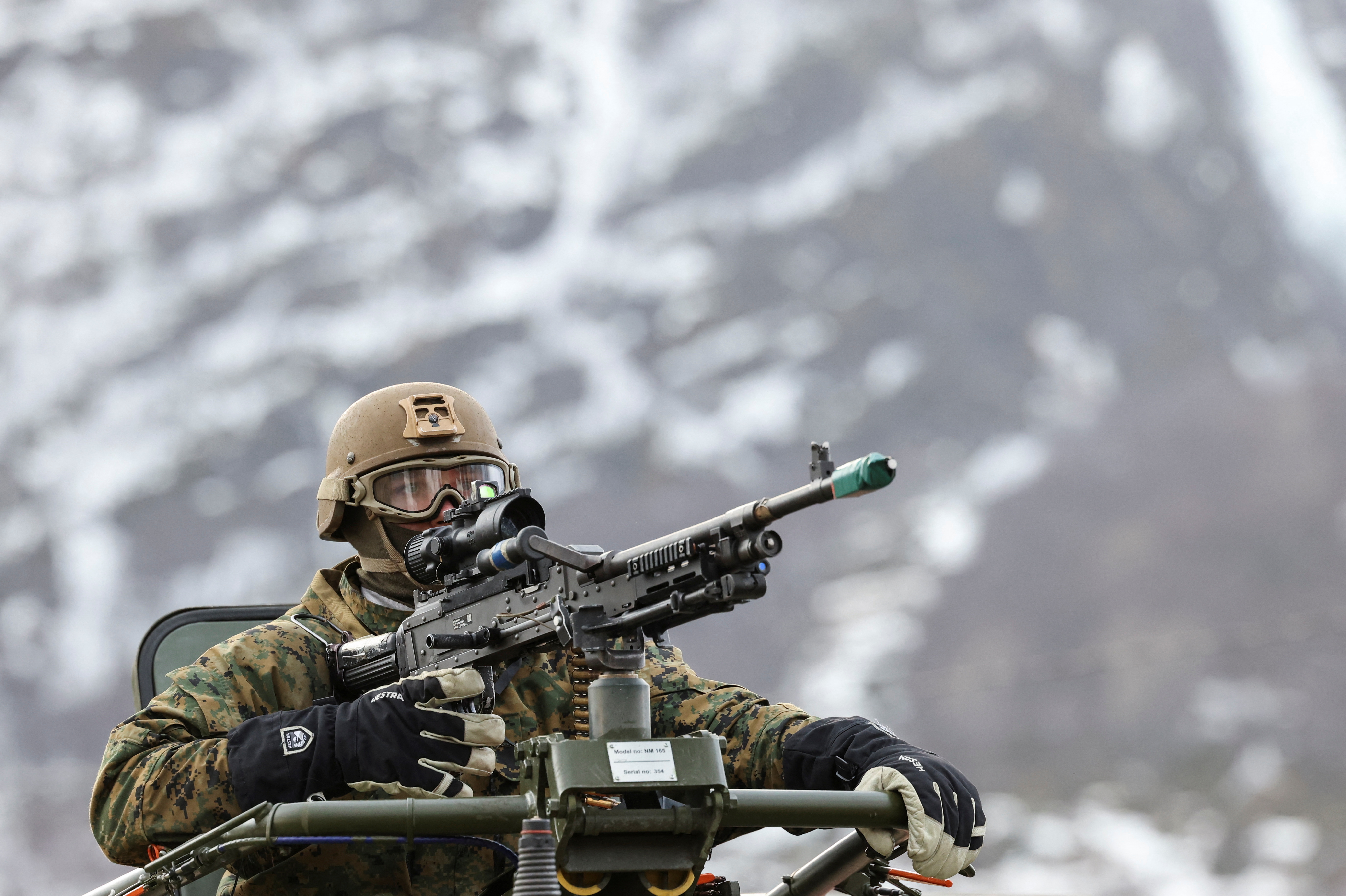
Still, Moscow presses forward. Putin has urged his government to consider building new shipyards and enhancing northern port infrastructure — even while conceding that Russia lacks key domestic capabilities for Arctic naval construction.
“Russia’s challenge,” noted one maritime analyst, “is not will — it’s capacity.”
Beneath Ukraine’s Battle Lines: Foreign Troops, Sovereign Stakes, and a War Economy in Waiting
While the Arctic plays host to long-term maneuvering, a different kind of urgency pulses through Europe — and especially in Paris, where 31 NATO and EU-aligned nations gathered this week for the "Volunteer Coalition" summit. The gathering was less ceremonial and more strategic recalibration, dominated by the question: What comes after the ceasefire — if there is one?

France and the United Kingdom have taken the lead, proposing a blueprint for Ukraine’s post-war military future. That includes dispatching military advisers to help shape a resilient Ukrainian force — one capable not just of self-defense, but of anchoring regional stability. French President Emmanuel Macron floated the idea of deploying limited European peacekeeping forces to strategic zones inside Ukraine once a ceasefire is secured. The proposal, bold as it is, lacks consensus.
“This is deterrence through presence,” noted a European defense strategist. “But without U.S. logistics, ISR [intelligence, surveillance, reconnaissance], and command infrastructure, it's more symbolism than substance.”
Did you know that ISR, which stands for Intelligence, Surveillance, and Reconnaissance, is a crucial component of modern military operations? This integrated system combines persistent monitoring, targeted information gathering, and data analysis to provide military leaders with a comprehensive understanding of the battlefield. ISR utilizes a wide array of technologies, from satellites and unmanned drones to human intelligence teams and AI-based systems, to collect and process critical information. This enables military forces to make informed decisions, anticipate threats, and increase their overall effectiveness. As technology advances, ISR continues to evolve, with recent developments including unmanned maritime drones and improved integration across all warfighting domains, making it an indispensable tool in maintaining military advantage in today's complex global security landscape.
President Volodymyr Zelensky, speaking at the summit’s conclusion, pushed for more than blueprints. He delivered what Ukrainian sources are calling the “seven questions” — a call for clarity from allied nations on troop commitments, deployment timelines, and their roles in both ceasefire enforcement and war resolution.
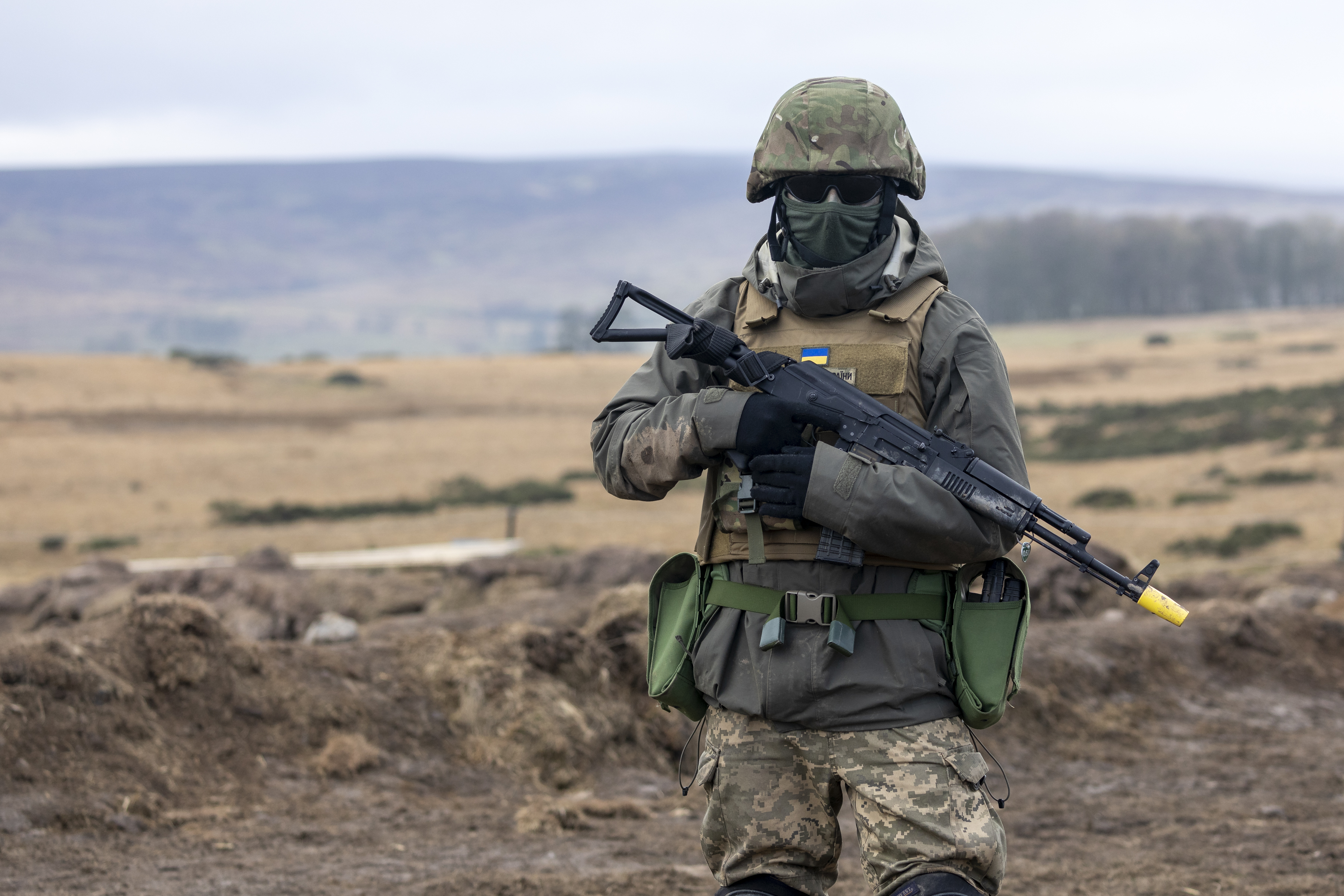
Zelensky also accused Russia of violating recently negotiated Black Sea ceasefire accords and pressed the United States to deliver consequences. “Russia needs the ceasefire,” he insisted. “Our corridor was already functional.”
American Stakes: Strategic Philanthropy or Economic Colonialism?
Away from the summit spotlight, another storm brews — this one in policy documents. A draft agreement reportedly circulated by the Trump administration proposes sweeping U.S. control over Ukraine’s future infrastructure and resource development. If signed, it would grant the U.S. priority investment rights in virtually every major project — from ports and roads to lithium extraction and gas fields.
Supporters frame this as “strategic ROI” — a model for 21st-century assistance where aid is collateralized with tangible assets. Critics, however, warn it risks undermining Ukraine’s path to EU membership and economic sovereignty.
“This is less Marshall Plan, more asset acquisition,” observed a European diplomat. “Ukraine may win its freedom, only to find itself navigating new dependencies.”
The draft’s emergence coincides with rising European anxiety over who will lead Ukraine’s reconstruction — and who will profit. EU Commission President Ursula von der Leyen has promised accelerated funding through the G7 loan framework, but internal disagreements threaten cohesion. Italy, Spain, and Hungary have pushed back against the EU’s proposed €40 billion military aid package, casting doubt on whether rhetoric will translate into resupply.
Schools of War: Ukraine’s Youth Learn to Fly Drones and Defuse Mines
Perhaps the most vivid — and unsettling — illustration of Ukraine’s societal transformation lies in its classrooms. Since 2023, the Ukrainian Ministry of Education has introduced military-centric curricula in secondary schools: drone operation, tactical thinking, mine avoidance. Students in the 10th and 11th grades are expected to master modern military technologies.
The state allocates 1.74 billion hryvnia annually to fund this transformation. “We are educating defenders, not just citizens,” said one Ukrainian education official.
It is a sign of the times: a generation that comes of age not in peace, but in preparation.
Fault Lines in the Frozen Sea: Arctic Expansion or Illusion?
Despite the formidable rhetoric from the Kremlin, the viability of Russia’s Arctic ambitions remains deeply contested. Western sanctions have slowed critical LNG developments, delayed advanced nuclear icebreaker projects, and paralyzed key supply chains. Navigation through the Eastern Arctic remains unpredictable — even worsening in parts — and insurance costs deter international freight.
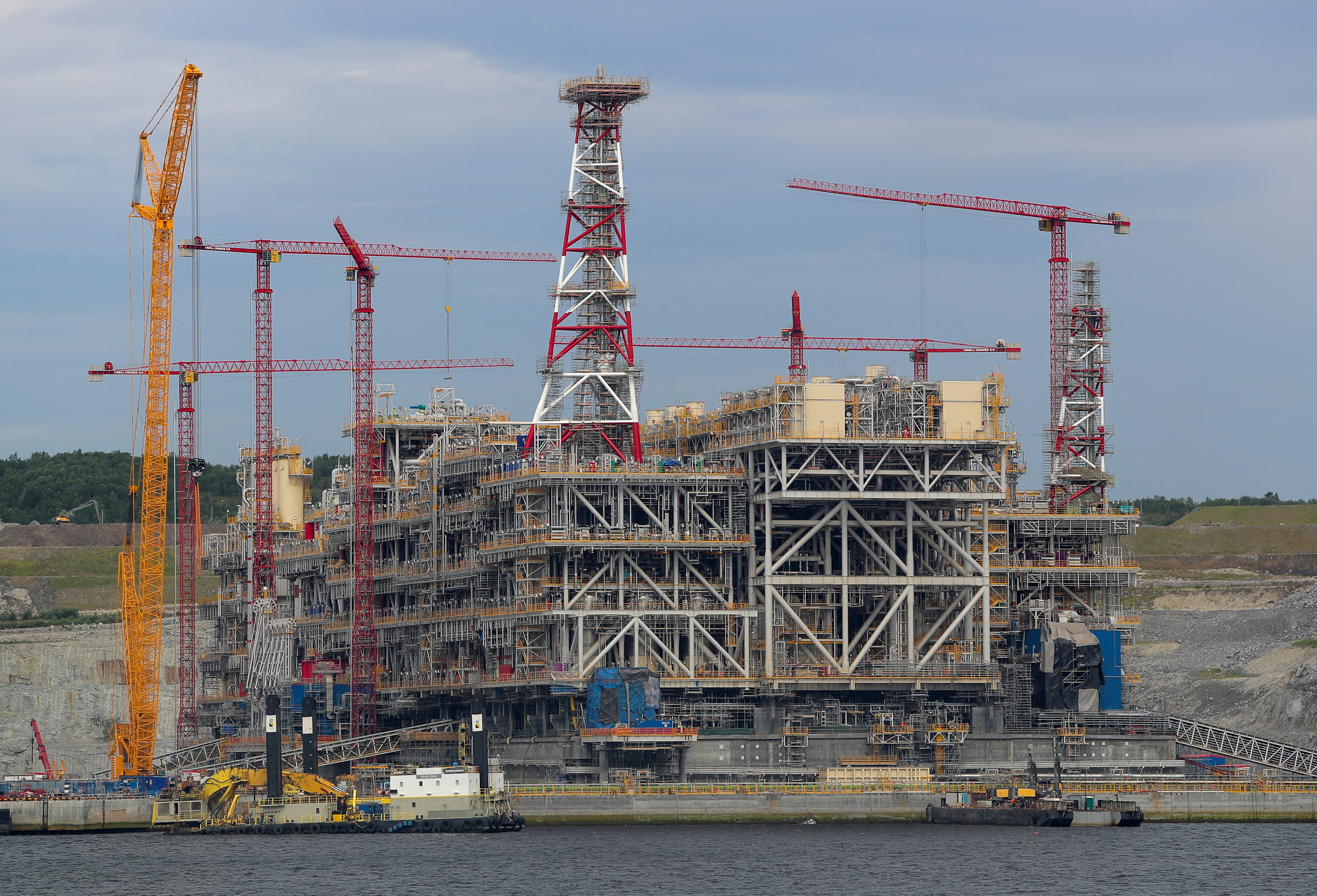
“The NSR is still primarily a route for Russian oil, not global goods,” said a shipping consultant specializing in Arctic logistics. “There’s no global pivot toward this corridor.”
Russia may boast over 40 icebreakers — more than any nation — but the fleet’s age and limitations mean that power projection remains heavily coastal. Plans for armed patrol vessels like the Project 23550 continue to face delays, partly due to a lack of shipbuilding capacity and sanctioned Western components.
Arctic Icebreaker Fleet Comparison (2025)
| Country | Active Vessels | Key Capabilities | Ongoing Development |
|---|---|---|---|
| Russia | 40-46 | World's only nuclear icebreaker fleet (8); heavy, medium, and armed vessels; supports Northern Sea Route | Building more nuclear icebreakers (Project 22220, 10510) and armed vessels (Project 23550) |
| Canada | 18-20 | CCG operated; aging fleet of heavy, medium, light vessels; Louis S. St-Laurent flagship | Two Polar Class 2 icebreakers (Arpatuuq + one more) by 2030; 6 medium and 16 multi-purpose vessels planned |
| USA | 3 | USCG: 1 heavy (Polar Star, aging), 1 medium research (Healy), 1 medium (Storis, ex-Aiviq) | 3 Polar Security Cutters planned; first (Polar Sentinel) delayed to 2029-30; ICE Pact with Canada/Finland |
| Finland | 9-11 | Baltic/Sub-Arctic focus; industry leader in icebreaker design; Polaris (LNG-powered) | New B+ class icebreaker by 2028 to replace Voima |
| Sweden | 5-6 | Baltic focus; Oden suitable for polar operations; aging fleet | 1-2 new methanol-fueled A-Class icebreakers planned |
| China | 3-5 | Research vessels including Xue Long and Xue Long 2 (Polar Class 3) | Previously announced nuclear icebreaker development |
| Others | 8-10 | Norway (1+Svalbard fleet), Denmark (~3), Germany, Australia, Argentina, South Korea, Japan (1 each) | South Korea planning second research vessel |
Meanwhile, a potential counterweight is emerging. According to multiple defense sources, Canada, the U.S., and Finland are exploring a joint initiative to construct up to 90 Arctic-capable vessels by 2030 — a direct challenge to Russian maritime dominance in the high north.
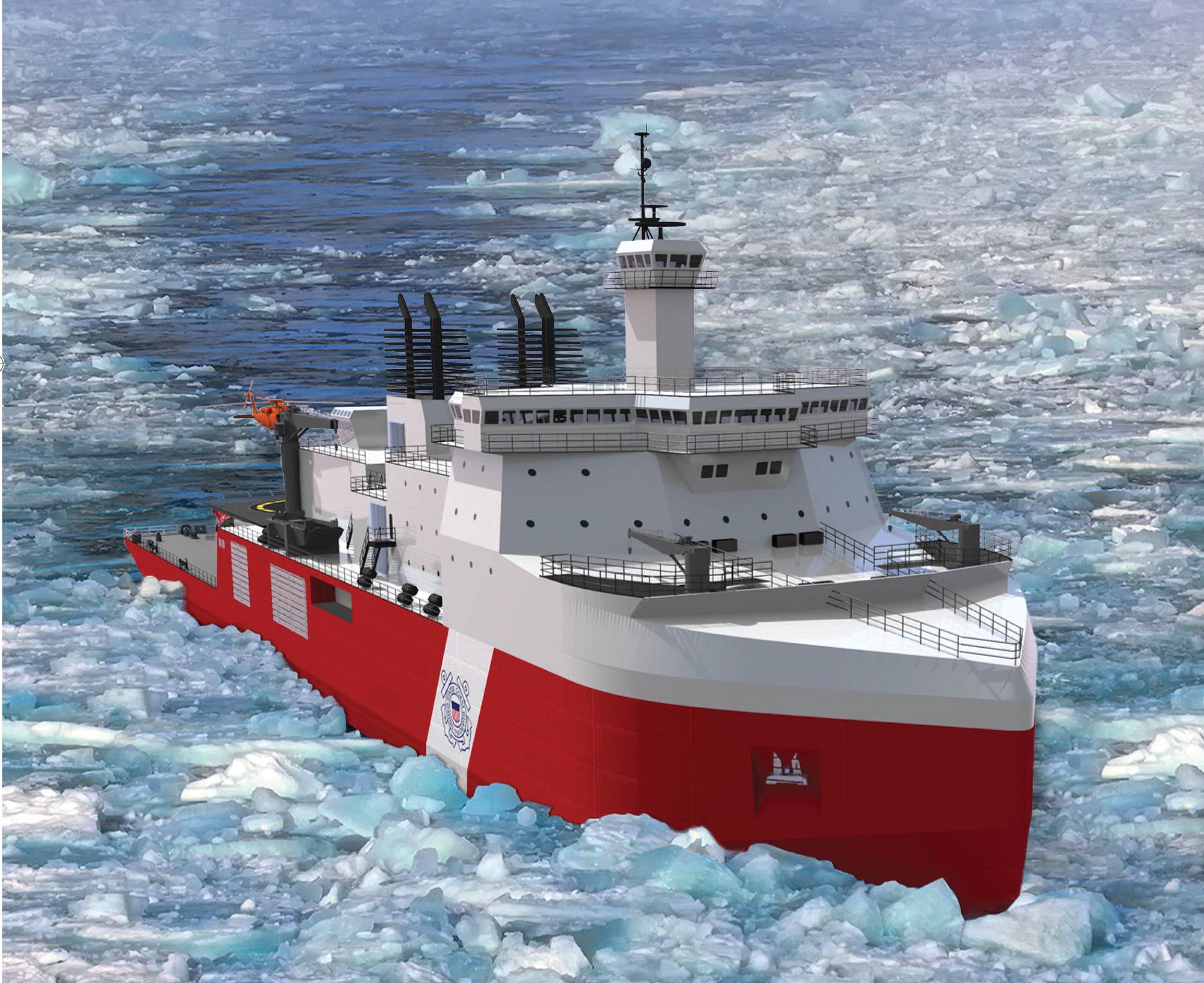
Investors' Lens: Capital Realigns Around Conflict and Control
For global investors, the story is not just about headlines — it’s about reallocations, hedging, and anticipatory positioning.
Defense and Security: European defense budgets are on a one-way trajectory upward. Rheinmetall, Saab, BAE Systems — these firms, once steady players, are now at the center of a continental rearmament. U.S. primes like Lockheed Martin and RTX benefit from both NATO logistics dependencies and expanding ISR demands.
Since 2022, European defense stocks have dramatically outperformed their US counterparts and broader market indices, driven primarily by Russia's invasion of Ukraine. European contractors like Germany's Rheinmetall and UK's BAE Systems reached unprecedented highs as European nations committed to substantial defense budget increases potentially reaching 3-3.5% of GDP by the early 2030s. This European rally reflects urgent regional security concerns and a push for greater defense autonomy from the US. While US defense giants like Lockheed Martin and RTX also saw gains, particularly during heightened tensions, their performance has been more moderate and sometimes lagged the broader S&P 500, despite global defense spending exceeding $2.4 trillion in 2023. As of early 2025, European defense stocks continue their strong performance despite emerging concerns about high valuations and potential supply chain constraints.
Energy and Resources: U.S. moves in Ukraine could reshape the global critical mineral market. Firms with early access to Ukrainian titanium, lithium, and rare earths will have a long-term edge. Meanwhile, Arctic resource plays remain high-risk, with Russia’s economic reality undercutting its geological promise.

Overview of Critical Minerals, Their Applications, and Key Characteristics
| Aspect | Description | Examples |
|---|---|---|
| Definition | Essential minerals for modern economies, technologies, and national security | Rare Earth Elements, Lithium, Cobalt |
| Key Characteristics | 1. Economic Importance2. Supply Risk3. Evolving Definition | - |
| Major Applications | - Renewable Energy- Electric Vehicles- Electronics- Defense and Aerospace- Medical Technology | Solar panels, EV batteries, smartphones, aircraft components |
| Notable Examples | - Rare Earth Elements- Lithium, Cobalt, Graphite- Copper and Aluminum- Indium- Vanadium | Wind turbine magnets, lithium-ion batteries, touchscreens, grid-scale batteries |
Logistics and Infrastructure: With the NSR unlikely to achieve international relevance soon, attention shifts to the post-war reconstruction of Ukraine. Engineering giants, particularly those with U.S. backing, may benefit from a resource-driven rebuild tied to strategic investment rights.
“We’re not just watching a war,” said one hedge fund analyst. “We’re witnessing a reordering of the world’s economic geography.”
A Fractured Future: What Comes Next?
Russia stands increasingly isolated, yet resilient — doubling down on militarization and resource nationalism. Ukraine, with its economy hollowed but spirit hardened, continues to tether its fate to Western support.
For the United States, the strategy appears clear: anchor Ukraine not just through arms, but through assets — tying its future to American capital and strategic interest. For the EU, the challenge is more existential: will it become a cohesive geopolitical actor, or remain a bankbook with blurred borders?
As for the Arctic, the world’s final frontier is no longer a realm of shared science and stoic exploration. It is a theater — for rivalry, for resources, for relevance.
In a world reshaped by war and warming, both the tundra and the trenches now chart the course of global power.
